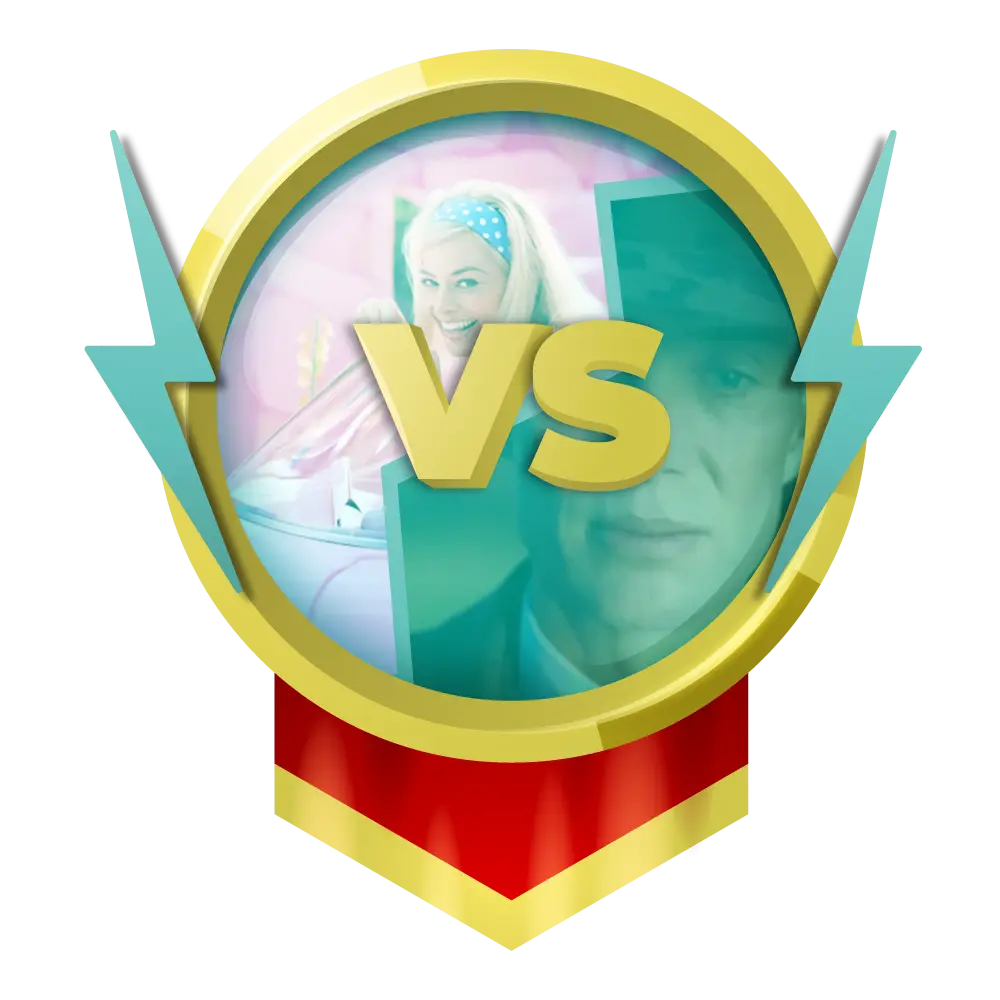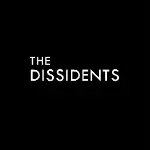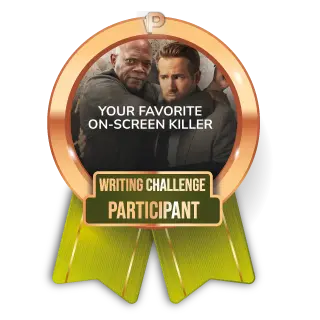Flow is the simplest yet most tear-jerking film I've watched this year. If you're a cat owner like me, I believe you'll understand how I feel.
If you believe the protagonist is a cat, you'll cry for the hardships the cat endures; if you see the protagonist as a metaphor for human self, Flow's journey feels like Sisyphus's journey, making us feel the helplessness and inevitability of fate. From any angle you look at it, it's worth shedding tears over.
I've always believed that a good film should have three layers of story. The first layer is the surface story, completed through basic characters and plot. This layer is the easiest to understand, representing the facts of the film's world. Even children can understand it. The second layer is the story told through metaphors and symbols. These metaphors and symbols need to have some logical connection. When viewers can decode the different metaphors' corresponding content, this layer of story is revealed. This layer is often intentionally crafted by the director. The third layer is the unconscious expression of the creator's subconscious projected into the film. It's the deepest layer of story that even the director cannot fully explain. Often, it can only be revealed through multi-angle analysis. As viewers, the difficulty in interpreting the story deepens across these three layers.

Flow, in my view, is exactly this kind of good film story. On the first layer, it tells a story like a children's fable: One day, far in the future (or past), humans suddenly disappeared completely from this world, and the world began to be submerged by a great flood. A little black cat, drifting with the flood's arrival, struggles to survive. During this process, it boards a small boat and meets a capybara, a ring-tailed lemur, a Labrador, and a serpent eagle. In the end, the serpent eagle flies into the sky never to return, while the little black cat and its other companions become friends and survive.

In this layer of the story, what I find most perfect about Flow is its portrayal of cat behavior. Obviously, this isn't a completely realistic cat. But its movements, vocalizations, and habits all remind me of my own cat. The directors spent a long time studying the habits of the characters for this animation. Although I've never had a dog (and certainly never had a capybara or lemur), I feel these small animals haven't lost their animal characteristics despite the need for anthropomorphized plot elements. This is what makes this animation feel so healing.
On the second layer, Flow tells a story that feels like fatalism. The most ingenious interpretation I've seen is viewing the five animals in the film as representing Maslow's five levels of needs. The capybara pursues eating, drinking, and sleeping - the most basic physiological needs, and is the cat's first companion. The lemur represents safety needs, protecting property and avoiding threats, though the lemur guards a pile of worthless bottles and containers - he's companion number two. Number three is the golden retriever, representing social needs, whether negative social connections (fair-weather friends) or positive ones (with the cat), all representing the need for love and belonging. Then there's the heron-eagle, representing the need for esteem, the noblest and most divine part of human rationality. Finally, the cat represents self-actualization needs, continuously experiencing changes in all five needs through the flood and drifting, ultimately achieving self-realization through saving the capybara. The film repeatedly shows the cat falling into water, and at the ending, it gazes at its own reflection in the water. The flood represents the subconscious, the whale represents both the imagined free self and the stranded fearful self, all self-needs hidden in the deep waters of the subconscious, waiting for the next tide to rise and fall.

This interpretation achieves logical consistency, but it's not necessarily the only or correct answer. However, such interpretation also demonstrates Flow's rich implications. Some compare it to "Life of Pi" with cats, others see it as a minimal version of Noah's Ark story - all these interpretations are valid, just as the well-worn saying goes: there are a thousand Hamlets in a thousand people's eyes. A story with multiple meanings often stands the test of time. Flow accomplishes this multiplicity without a single line of dialogue, which is enough to make it a classic.
But I want to talk about the third layer of this story, which is the ineffable emotions conveyed by the film as a whole. Many people say they feel emotional after watching this film: feeling a bit heartache, a bit lonely. Through behind-the-scenes interviews, I learned that one reason the directors and writers chose all-animal protagonists was because they didn't know how to write human dialogue. They exhibit a socially anxious quality. There are no humans in the story, yet traces of human existence remain. Connecting to Latvia's current situation, I can't ignore the connection between the directors' social environment and the worldview presented in Flow.

Since the 18th century, Latvia has been in a state of being fought over and controlled by different countries and local powers. Sweden/Poland/Russia/Soviet Union/Nazi Germany/Soviet Union, until the 1980s, with the development of the Baltic independence movement, Latvia finally declared independence. In recent years, Latvia faces serious population issues. The population has decreased from 2.7 million at independence to 1.9 million. Growing up in such a country and society, would one think about the day when humans disappear from this world? I think it's highly possible. On the other hand, the great flood in the film reminds me of Latvia's turbulent history beyond its control. Human struggles are like disasters of great floods, always coming and going, never ceasing. In such struggles, even if we try our hardest, we can only get moments of respite. Isn't this like the ending of the story, where just as the little black cats escape danger, they discover another flood is coming?
And what can we do? As individual humans, it seems we can't do much. We can only try to survive in the flood of fate. If possible, treat each other kindly. When there are moments of peace, enjoy these moments with friends. This is also my self-admonition after watching Flow: even if feeling pessimistic about all grand narratives, we should try our best to cherish ourselves, cherish specific lives and each day. Because from time to time, good things still happen.

Like this year's Oscars. Although overall, I feel the Oscars are becoming increasingly boring/conservative and cunning, Flow's win still makes me feel the Oscars did something good. It shows me a return to film storytelling: in an era of mature technology and excessive special effects, dazzling effects pass like clouds, while stories that touch hearts can be savored endlessly. Also, when I saw Flow win the Oscar, and the cat had become Latvia's most popular image, with people erecting various statues of the cat from the film on the streets, I felt a long-lost happiness of film reaching into reality.
Even if Latvia's population continues to decline one day, even if humans might disappear from this Earth one day, we don't need to grieve too early for this. At this moment, we have rejoiced or cried together for vivid life, and that is already the value and meaning of existence.























































View replies 0
View replies 0
View replies 0